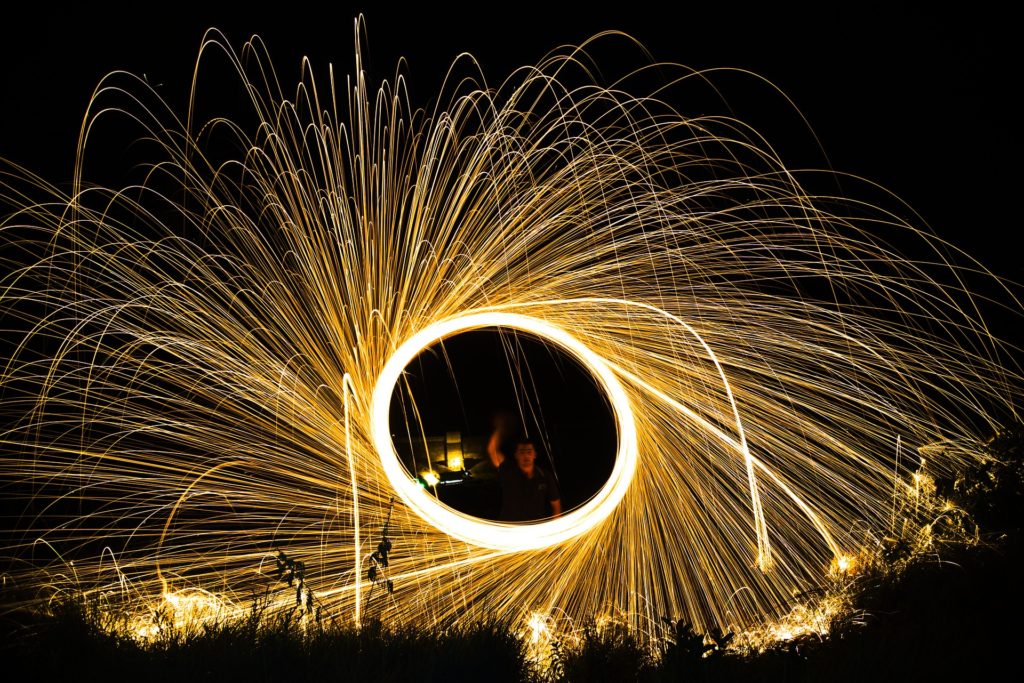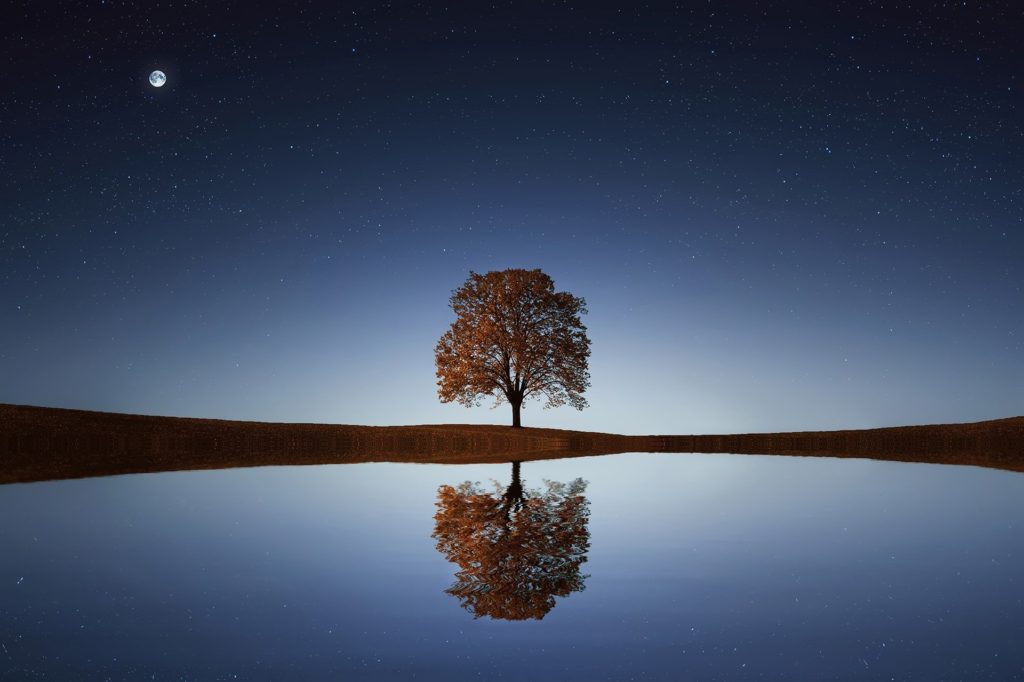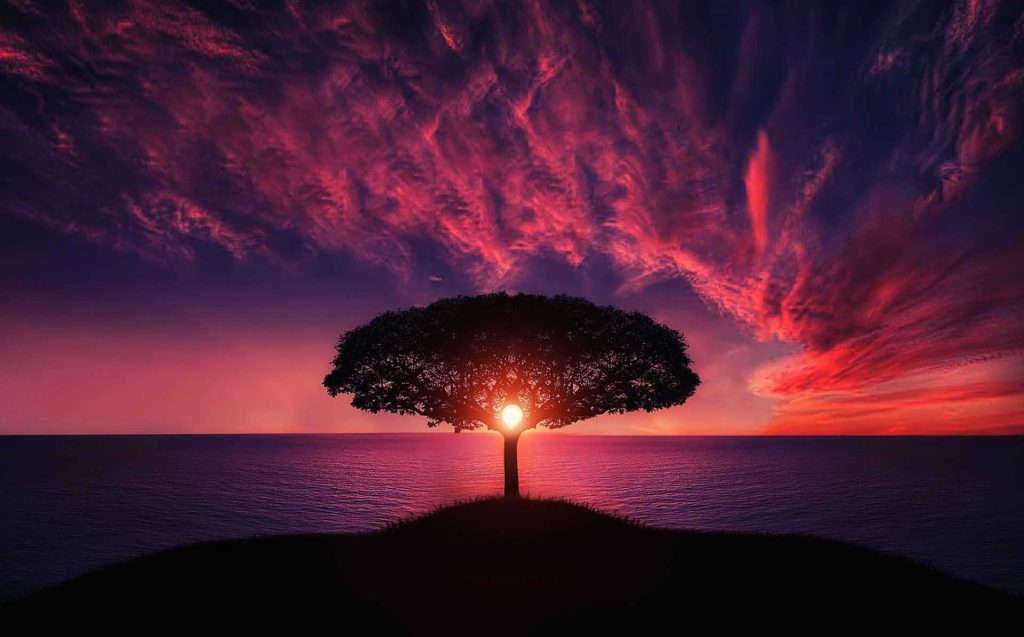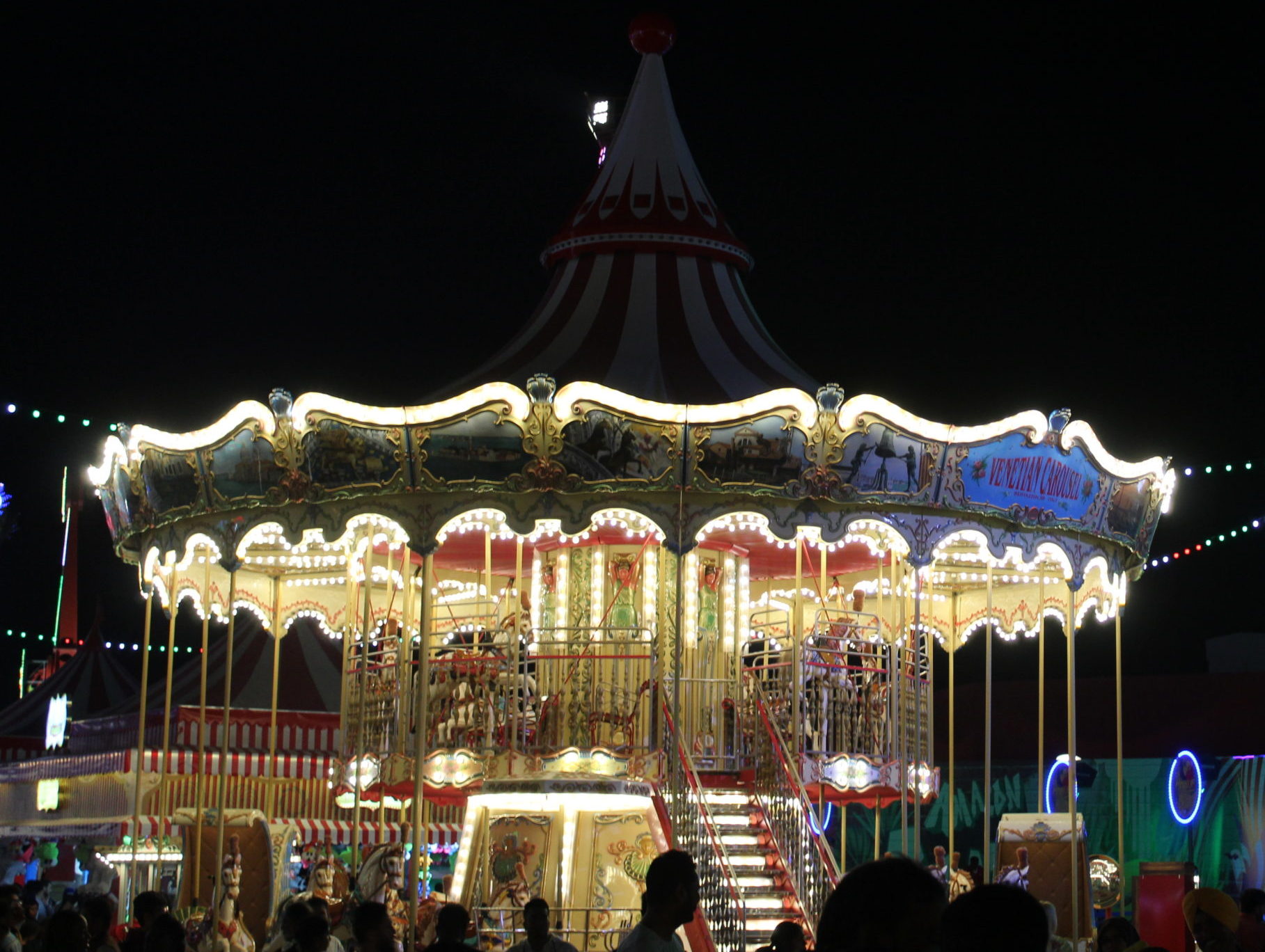When taking photos, you need to have a decent handle of shutter speed and its impacts on your photos. What sort of impacts would you be able to make with a faster or slower shutter speed?
Your determination of shutter speed is basic to catching excellent nightscapes. In this article, I will disclose how to decide the ideal shutter speed, utilizing photographs of a sparkling city nightscape, vehicle light path, and pondered glare a water surface as models.
POINT 1: When shooting city nightscapes, give more consideration to the f-number than the shutter speed
POINT 2: Use a long presentation to perfectly catch the light from light path and reflections
While camera execution has improved these days to the degree that you can even catch nightscapes during handheld photography, you should consider an increasingly proficient methodology utilizing a tripod.
In a nightscape shoot, there are perpetual point light sources in the obscurity, so your choice of the shutter speed gets basic. When shooting ordinary city nightscapes however, you should make moderately still items, for example, structures the subject. In doing as such, you can concentrate more on finding the fitting f-number than on modifying the shutter speed to bring out starbursts in your photographs. There is no compelling reason to set a too much moderate shutter speed as this can likewise cause obscuring. Set an ISO speed that gives an image quality worthy for what you need to communicate, with a shutter speed of around 1 to 5 seconds as a rule.
Then again, while catching vehicle lights as light path, a shutter speed of 10 to 20 seconds ought to be adequate as a rule where there is generally overwhelming traffic. Be that as it may, when taking shots when there is little traffic out and about, for example, in the center of the night, you may need to utilize a ND channel or comparative and set a presentation time of 60 seconds or more.

Camera: Sony Ilce-6300
E PZ 16-50mm F3.5-5.6 OSS
16.0mm · ƒ/3.5 · 48s · ISO 500

Nikon D5100 Lens 18.0-55.0 mm f/3.5-5.6
18.0mm · ƒ/4.5 · 1/250s · ISO 200

Nikon D90
18.0mm · ƒ/11.0 · 10/2000s · ISO 160 ↯
Moreover, when you need to communicate a satiny impact for moving water surfaces, a short shutter time can cause the outside of the water to seem mottled. At such occasions, you should attempt a more drawn out shutter time of around 30 seconds. This additionally lets you appropriately draw out the shade of the light reflected off the water.
